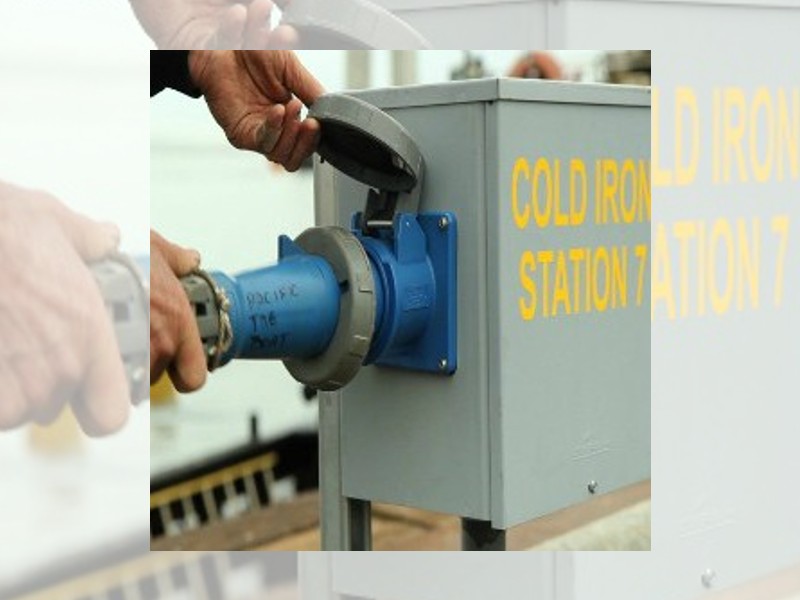Call it what you want - cold ironing, onshore power supply, ops - it's coming to ports all over the world soon and ships will be made to use it
The European Union, China, California, the UK and even Australia have, or are likely to, roll out requirements for vessels to connect to a shore-based power supply when in port rather than sit at berth and run diesel generators.
Cold ironing is in itself nothing new, nor are attempts to create regulations and standards to promote its use, but roll-out has been slow.
Now however things are ramping up. While the European Union created regulations that member states had to have onshore power solutions available at berth, there was no rules to say ships needed to have the systems onboard capable of using the. That will likely change with the new Fuel EU Maritime regulation (a new regulation that is part of the EU’s Fit for 55 package of measures to speed up the region’s decarbonisation). This is likely to push larger containerships and passenger vessels (including cruise ships) to use shore electricity if they berth for linger than two hours.
China has been rolling out regulations and support for its national fleet to be connected. A paper submitted to the IMO’s MEPC meeting this November reveals the extent which which China has been able to provide shore-based electricity to its inland waterway vessels and its national coastal fleet.
The systems, says the Chinese paper, are to international standards, an indication perhaps that ChIna eyes the potential to also regulate international vessels such as the thousands of containership port calls annually.
The ports of California have also been mandating vessels, notably container vessels, connect to shore power. It started with a requirement that a liner has a certain percentage if calls connected, with that figure now ramping up
A need for green
While the standards have been agreed for shore power connections (even noting the different national grid frequencies around the world) there is always the question about the source of the electricity.
As cold ironing began to increase in ports the criticism was that the source of pollution was merely being replicated rather than being abated. National transitions to clean electricity from wind and solar could negate this argument, but not all countries have tapped into green electricity fully.
Ports grab the opportunity
Ports in Europe are however promoting their green credentials as they see the EU requirements to make themselves green in a positive light. Earlier this year the Ports of Antwerp, Rotterdam, Hamburg and Haropa (Le Havre, Rouen, Paris) announced an MOU to roll out onshore power. Stockholm also made a similar announcement this week (for cruise ships and within the framework of a Baltic Port MOU). These ports are not new to supplying cold ironing, but no doubt see the benefits of being ahead of the new EU rules by adding further connections for more (and larger) ships with larger power requirements.
Some f the ports have, such as Stockholm, have had grants available for regularly visiting ships, to help them instal the onboard connection system to use cold ironing when they berth.
The above clip is from the Norwegian port of Kristiansand which boasts a number of onshore power solutions for its berths and clearly is proud to promote its green electricity credentials to cruise ship passengers.
A new association
The potential for shore power has also not been lost on the technology companies which are needed to install both the quayside systems and onboard systems to allow ships to draw land-based electricity onboard.
They have even formed an association – the European Onshore Power Supply Association (EOPSA). It’s mission is to obviously speed up installations, but also to advocate for global solutions and adoption along shipping routes.
































